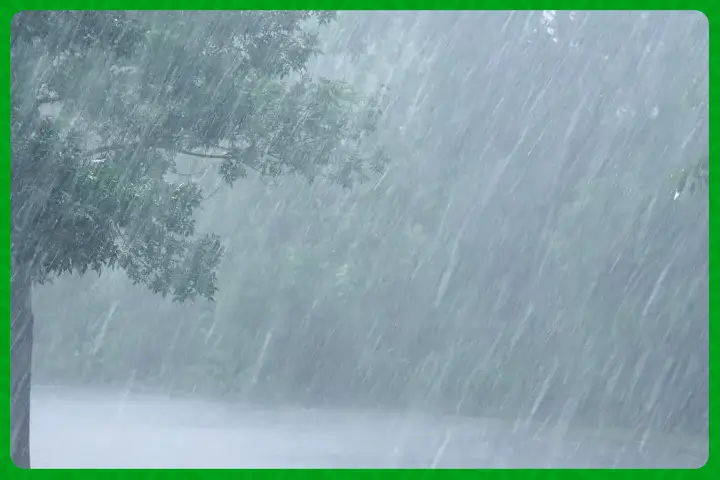
As the Kenyan landscape anticipates the arrival of El Niño rains, the Water Resources Authority (WRA) has sounded a vital alarm. With insights from the Kenya Meteorological Department, the WRA has pinpointed areas that are likely to be affected by the forthcoming deluge. These crucial warnings are meant to prepare and protect communities across the nation. In this article, we delve into the regions at risk and the potential impacts of these anticipated El Niño rains.
A Forewarning of El Niño:
El Niño, the climatic phenomenon characterized by the warming of ocean waters, is poised to bring significant rainfall to Kenya in the coming months. The Kenya Meteorological Department’s forecast has prompted the WRA to issue a notice, urging all Kenyans to be vigilant and prepared.
Areas in the Crosshairs:
The forecast indicates that the rain will be fairly distributed in some areas while heavily concentrated in others. As a result, specific regions are more susceptible to the potential consequences of this meteorological event.
1. Flood-Prone Lowlands: The heavy rainfall may cause river levels to rise significantly, leading to potential flooding in low-lying areas. The areas of concern include Lower Nyando, lower Nzoia, lower Sondu, lower Gucha Migori, and the shoreline streams of the Lake Victoria basin.
2. Vulnerable River Basins: Additionally, the El Niño rains could impact regions such as lower Perkerra, Enkare Narok river at Rumuruti, lower Tana River at Garissa, Hola, and Garsen.
3. Flash Flood Risks: Urban areas, including Nairobi, Narok, Isiolo, Wajir, and Mandera, may experience flash floods due to excessive runoff. The swift inundation of these urban centers calls for heightened awareness and preparedness.
4. Dams on the Brink: As the deluge continues, major dams across the country, including Bathi, Chemeron, Chemususu, Chinga, and many others, could fill to capacity and potentially spill over. This overflow could lead to downstream flooding, posing additional challenges.
Preparedness Is Key:
In the face of these potential risks, it is crucial for both individuals and authorities to take proactive measures. Communities in high-risk areas should be prepared for the possibility of flooding and take necessary precautions. Additionally, local authorities should initiate contingency plans and ensure that residents are well-informed and ready to respond to emergency situations.
The impending El Niño rains serve as a reminder of nature’s unpredictable forces. By heeding the warnings issued by the Water Resources Authority and staying informed, we can mitigate potential risks and safeguard our communities. Together, we can navigate this meteorological challenge and emerge resilient, demonstrating the strength and unity of the Kenyan people in the face of nature’s trials.
Stay updated with the latest farming tips and agriculture industry news from Africa by subscribing to our newsletter. Don’t miss out on valuable insights and updates. Follow us on Twitter, LinkedIn, and Facebook to join our farming community and stay connected with us.



















